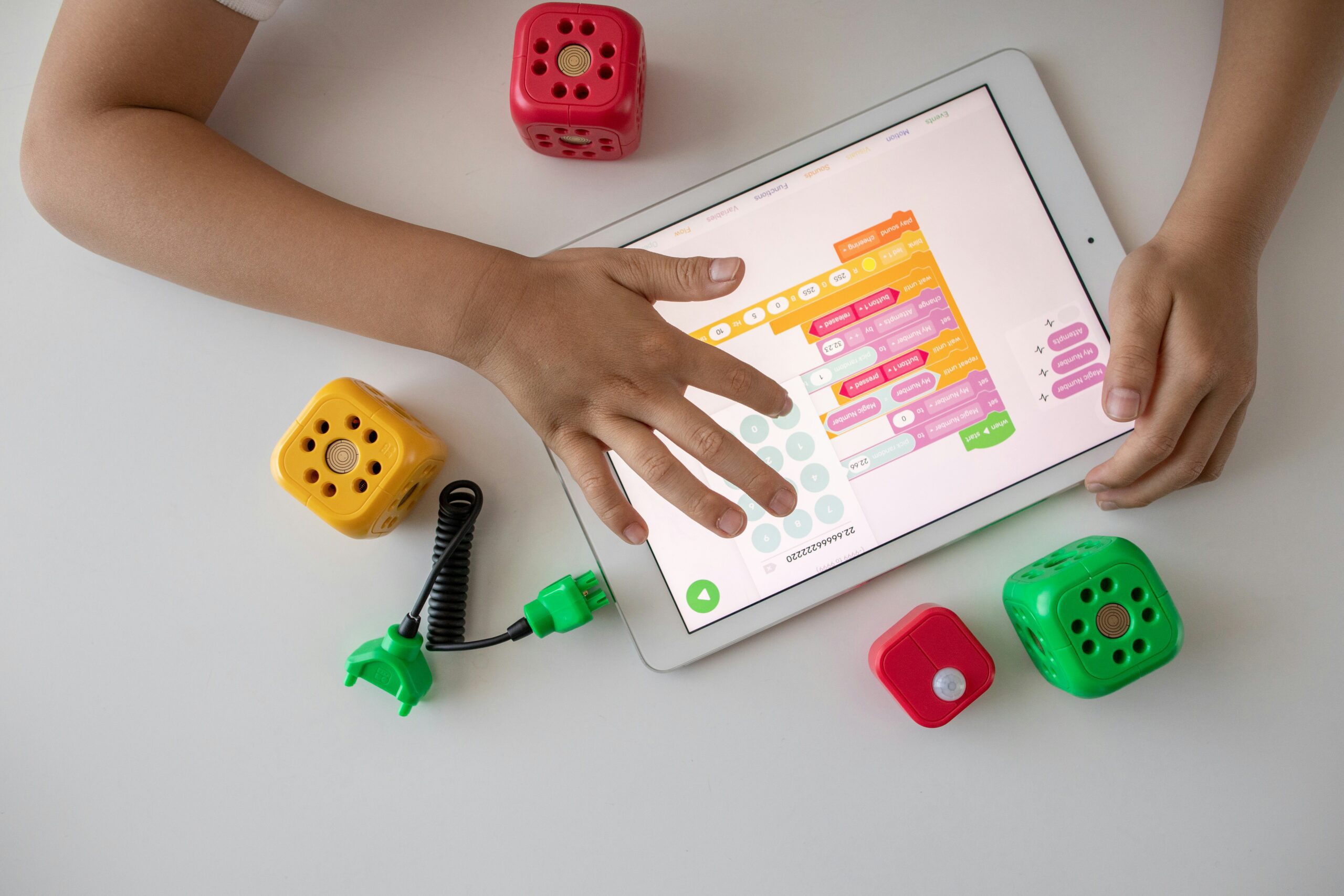With the rise of remote learning, the field of digital education has become more important than ever before. As students and educators adapt to this new mode of learning, it is crucial to optimize the user interface (UI) and user experience (UX) of digital education platforms. By focusing on UI/UX solutions, we can enhance the effectiveness and engagement of remote learning experiences.
The Importance of UI/UX in Remote Learning
UI/UX plays a vital role in remote learning as it directly impacts the usability and satisfaction of students and educators using digital education platforms. A well-designed UI/UX can make the learning process more intuitive, efficient, and enjoyable.
One key aspect of UI/UX optimization is creating a clean and organized layout. A cluttered interface can be overwhelming and confusing for users, leading to frustration and decreased engagement. By simplifying the design and arranging information in a logical manner, students and educators can easily navigate through the platform and find the resources they need.
Another important consideration is the responsiveness of the platform. With remote learning, students and educators may access the platform from various devices such as laptops, tablets, or smartphones. Ensuring that the platform is responsive and adapts to different screen sizes and resolutions is crucial for a seamless user experience.
Enhancing Engagement through UI/UX Solutions
Engagement is a key factor in remote learning, as it directly affects student motivation and learning outcomes. UI/UX solutions can play a significant role in enhancing engagement and making the learning experience more interactive and immersive.
One effective UI/UX solution is the integration of multimedia elements. By incorporating videos, images, and interactive content, students can engage with the material in a more dynamic and memorable way. This not only enhances comprehension but also makes the learning process more enjoyable.
Personalization is another important aspect of UI/UX optimization. By allowing students to customize their learning experience, such as choosing their preferred themes or setting their learning goals, the platform becomes more tailored to their individual needs. This sense of ownership and control can significantly increase student engagement and motivation.
Accessibility and Inclusivity in UI/UX Design
UI/UX solutions for remote learning should also prioritize accessibility and inclusivity. Digital education platforms should be designed to accommodate students with diverse needs and learning styles.
One way to achieve this is by providing multiple language options. By offering translations or subtitles in different languages, digital education platforms can cater to a wider audience, including non-native English speakers and students from different cultural backgrounds.
Additionally, UI/UX solutions should consider the needs of students with disabilities. Providing alternative formats, such as audio descriptions or screen reader compatibility, ensures that students with visual impairments can access the content effectively. Clear and concise instructions, accompanied by visual cues, can also benefit students with cognitive disabilities.
Continuous Improvement through User Feedback
UI/UX optimization is an ongoing process that requires continuous improvement based on user feedback. By actively seeking feedback from students and educators, digital education platforms can identify areas for improvement and implement necessary changes.
Surveys, feedback forms, and user testing sessions can provide valuable insights into the usability and effectiveness of the platform. This feedback can then be used to refine the UI/UX design, address any pain points, and enhance the overall user experience.
Conclusion
As remote learning becomes the new norm, optimizing the UI/UX of digital education platforms is essential for creating effective and engaging learning experiences. By focusing on clean and organized layouts, responsiveness, multimedia integration, personalization, accessibility, and continuous improvement through user feedback, we can ensure that remote learning is accessible, inclusive, and enjoyable for all students and educators.











Leave a Reply